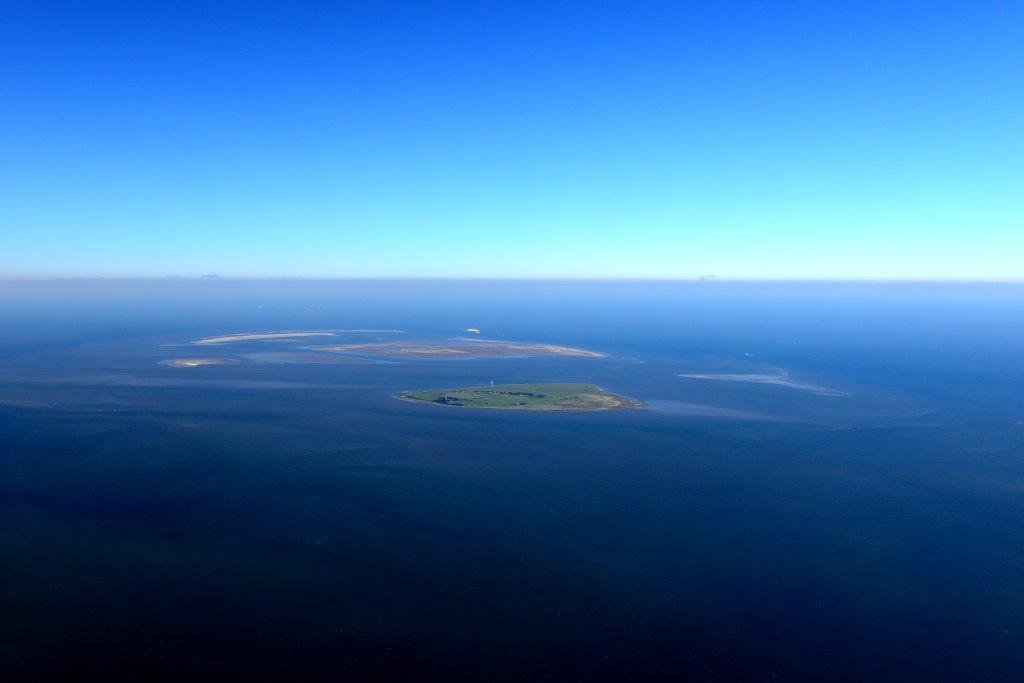UNESCO Biosphere Reserve Wadden Sea of Hamburg
Natural Paradise Near the Mouth of the River Elbe

The Wadden Sea forms the largest continuous sand and mudflat system in the world, in which dynamic processes can take place in a largely undisturbed natural state.
It stretches over 500 kilometer along the coastline of three countries: the Netherlands, Germany, and Denmark. The entire area is also designated as World Heritage site. Germany's smallest biosphere reserve covers the area under the jurisdiction of Hamburg federal state. Here, sustainable economic development in harmony with nature is promoted and tested. Among the tourist attractions are walks through the salt marshes, mudflat walks, field trips to the seal banks, and observations of countless birds.
Large parts of the Wadden Sea on the North Sea coast are still in their original state. The Hamburg Wadden Sea UNESCO Biosphere Reserve protects the natural dynamics near the mouth of river Elbe. The biosphere reserve is also a Ramsar site, and an EU bird sanctuary. The Wadden Sea is one of the richest areas in Central Europe in terms of the number of birds and is part of the central "hub" on the Eastern Atlantic Coastal Flyway. In addition, there are important breeding sites of seabirds on the islands. In the World Network of Biosphere Reserves, the Hamburg Wadden Sea represents the habitats of the Wadden Sea, tidal flats, sandbanks, dunes, and (agricultural) salt marshes.
The Hamburg Wadden Sea Biosphere Reserve offers unique encounters with nature. The birds settle directly along the visitor's path for breeding and resting, and seals can be observed at their resting places from suitable distance.
Contributions to sustainable development
Only around forty people live in the Wadden Sea of Hamburg biosphere reserve, on the island of Neuwerk. Extensive pasture and grassland management preserve the centuries-old cultural landscape. This will also successfully safeguard the populations of meadow birds.
Based on a concept or using energy extensively, the biosphere reserve is to be supplied with renewable energies to the extent possible in the near future. Numerous solar systems, heat collectors, and photovoltaics are already providing sustainable energy supply.
Environmental monitoring is an integral part of the work of the biosphere reserve within the framework of the Wadden Sea Monitoring, in partnership with the biosphere reserves and national parks in Lower Saxony and Schleswig-Holstein.
International cooperation
The trilateral Wadden Sea cooperation between Denmark, the Netherlands, and Germany shapes the biosphere reserve and offers opportunities for international cooperation. For example, the National Park House Neuwerk is a partner of the International Wadden Sea School (IWSS), opening its doors for international events and education for sustainable development across borders.
Facts
- Year of designation: 1992
- State/Province: Hamburg
- Size: 117 km² (105.3 km² core area and 11.7 km² buffer zone)
- Represented landscape: Wadden Sea, tidal creeks, sandbanks, dunes, (agricultural) salt marshes
- Website: www.nationalpark-wattenmeer.de/hh

